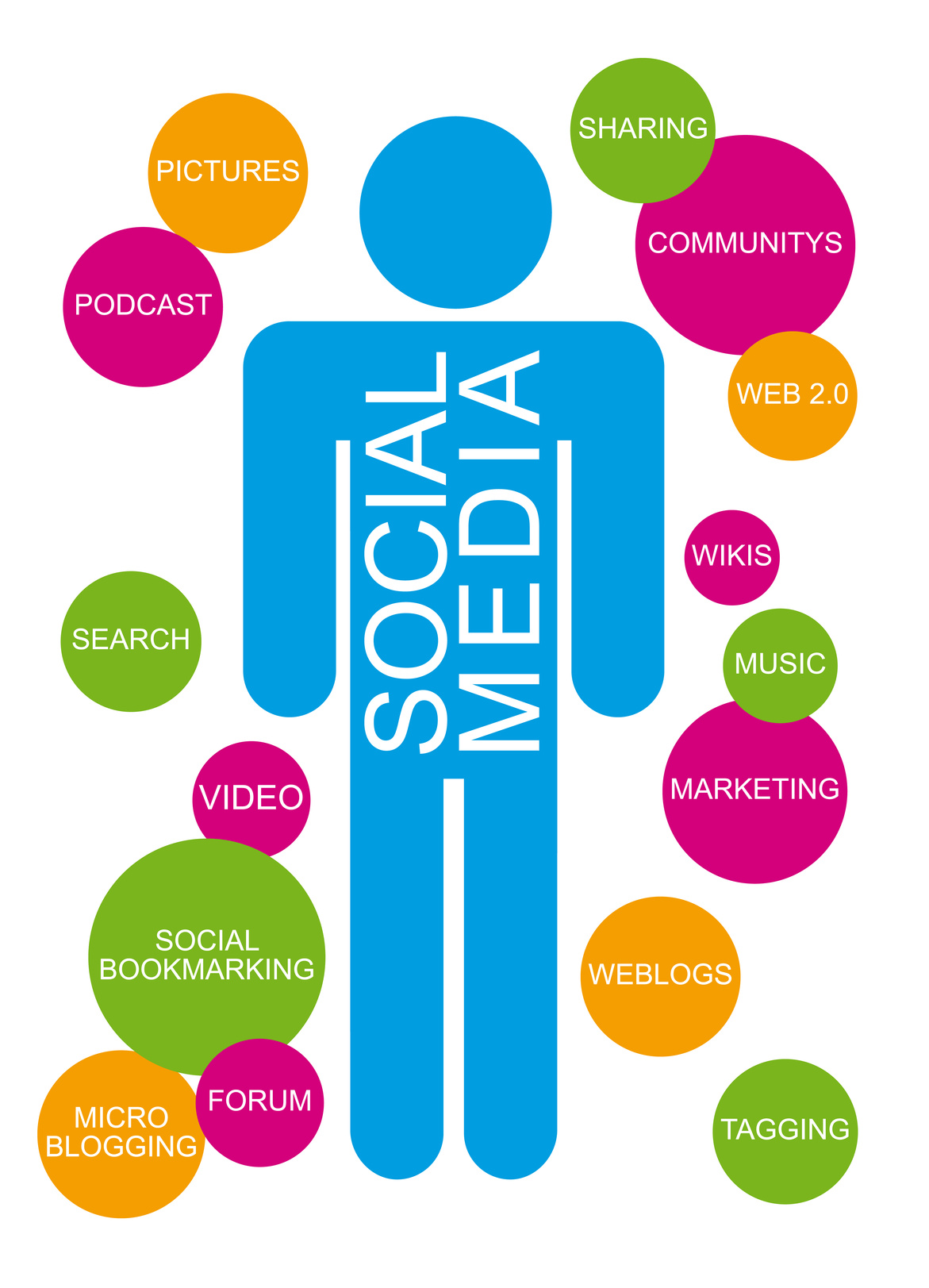E-Government Bringing City Hall to Your Digital Device
 Two years ago, a McKinsey Quarterly report on e-government wasn’t exactly a glowing testimonial:
Two years ago, a McKinsey Quarterly report on e-government wasn’t exactly a glowing testimonial:
“Three obstacles have limited the impact of e-government efforts: ineffective governance, lack of Web-related capabilities, and reluctance to allow user participation in the creation of applications and content,” the report stated.
But 24 months in tech years probably equates to something like 500 dog years – in other words, advances in e-government technologies/processes have been remarkable.
These software solutions are now being implemented by various public agencies and municipalities both stateside and overseas.
Some capsule snapshots:
• The Newnan, GA Police Department is using an integrated software program called SunGard ONESolution, created by SunGard, a privately held Fortune 500 (ranked #434) software/technology services company. Once fully implemented, the city will team up with the Coweta County Sheriff’s Office to share important information as part of a multi-jurisdictional law enforcement strategy. SunGard says the interagency approach will enable emergency dispatchers to push info into the field faster and also help officers access data remotely via wireless-enabled mobile technology. The software suite is also being used for the City of Johns Creek, GA (tenth largest in the state; incorporated in 2006) for local government, including apps for finance, human resources and community development.
• The Tauranga City Council (TCC) in New Zealand is using e-government software from Accela to manage more than US $2 billion of city assets and infrastructure. Tauranga is New Zealand’s sixth-largest urban area with about 120,000 residents. TCC also plans to use Accela Mobile Office, a mobile solution that will allow workers and contractors in the field to receive/transmit from-the-job work orders, inspection data, GIS data, and occupational health and safety information.
• GovPartner’s online permitting portal, known as CommunityDevelopmentPartner, has been a big hit with the Municipality of Abu Dhabi (pop. 1.6 million). The portal, accessed via the Abu Dhabi municipal website, issues more than a thousand monthly permits and handles electronic plan reviews. Here in the U.S., National City, CA (just south of downtown San Diego) is using the company’s software to centralize and streamline the city’s Community Development processes – it has also automated multiple departments, including Building, Business Licensing, Code Enforcement, Engineering and Planning.
“The old paradigm of residents having to go to City Hall to conduct business is shifting significantly for two reasons – technological innovation, and the ubiquity of Internet-ready devices,” said National City IT Manager Ron Williams.
Look for e-government to be a big part of so-called ‘smart cities’ in the next few years. ABI Research recently reported that $8.1 billion was spent on smart city technologies last year (including what they called ‘smart government’ services). The market research firm expects this to increase to $39.5 billion by 2016. ABI Research said there are currently 102 smart city projects worldwide – Europe has 38, North America at 35, Asia Pacific at 21, the Middle East and Africa at six; Latin America with two.
Writing in Public Management, GovPartner President Mike Daniel said that the most relevant e-government trends “will have as much to do with management principles as with technology, including integration, self-customization, and shared services and outsourcing.”
Palo Alto (CA) Mayor Sid Espinosa best summed it up:
“Technology providers are often seen as the delivery mechanism for these shapeless, faceless advancements that government leaders will then contend with. But the truth is that the simple daily use of a system coupled with a permit technician who thinks outside of the box, or a municipal staffer who envisions a new way of using that software, is what truly drives e-government.”


 According to Matt McGonegle, DuPont’s ethics and compliance manager, the Policy “addresses internal social networks, external social networks, codes of conduct and guidelines.” McGonegle added that DuPont also has a ‘Social Network Steering Committee’ that reviews/approves the creation and use of all social networks to ensure adherence to issued guidelines/standards.
According to Matt McGonegle, DuPont’s ethics and compliance manager, the Policy “addresses internal social networks, external social networks, codes of conduct and guidelines.” McGonegle added that DuPont also has a ‘Social Network Steering Committee’ that reviews/approves the creation and use of all social networks to ensure adherence to issued guidelines/standards.
 That geeky guy who was a member of the high school chess and math clubs – now probably cashing in millions in stock options from his latest startup. The blonde cheerleader you had a crush on – long relegated to the deepest recesses of your cerebrum. Perhaps even the English teacher who kept on reaming you over those dangling participles.
That geeky guy who was a member of the high school chess and math clubs – now probably cashing in millions in stock options from his latest startup. The blonde cheerleader you had a crush on – long relegated to the deepest recesses of your cerebrum. Perhaps even the English teacher who kept on reaming you over those dangling participles.


